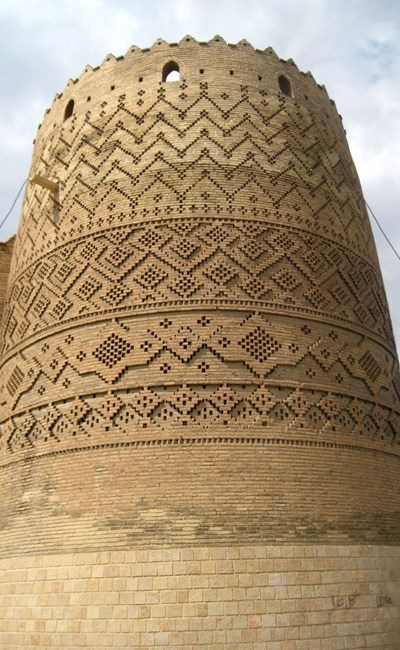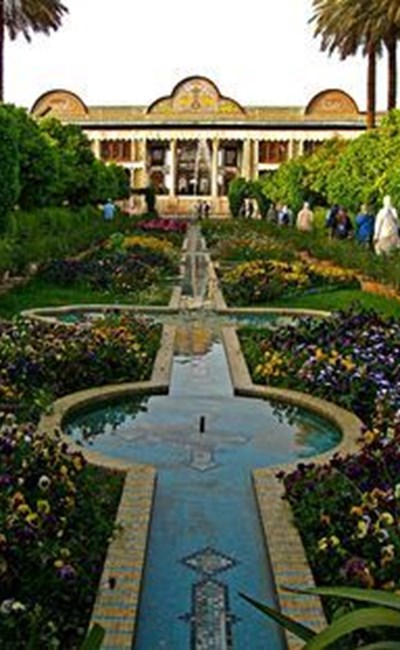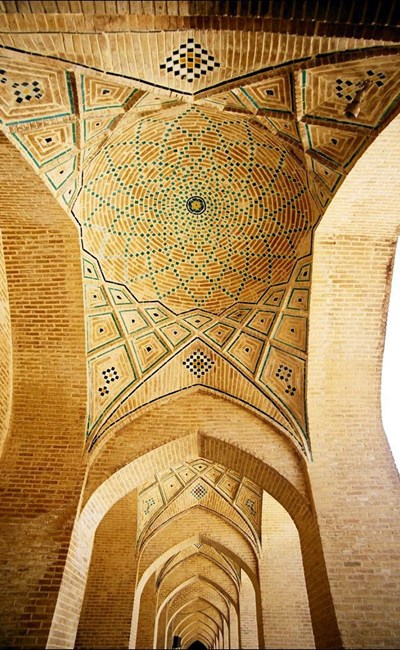The Karim Khan Castle
The Karim Khan Castle (Arg-e Karim Khan) is a citadel located in the downtown Shiraz, southern Iran. It was built as part of a complex during the Zand dynasty and is named after Karim Khan, and served as his living quarters. In shape it resembles a medieval fortress.
At times, the citadel was used as a prison. Today, it is a museum operated by Iran's Cultural Heritage Organization.
Karim Khan Castle is also known as Arge Karim Khan, Arge Karim Khani, Karim khans' castle or citadel of Karim Khan.
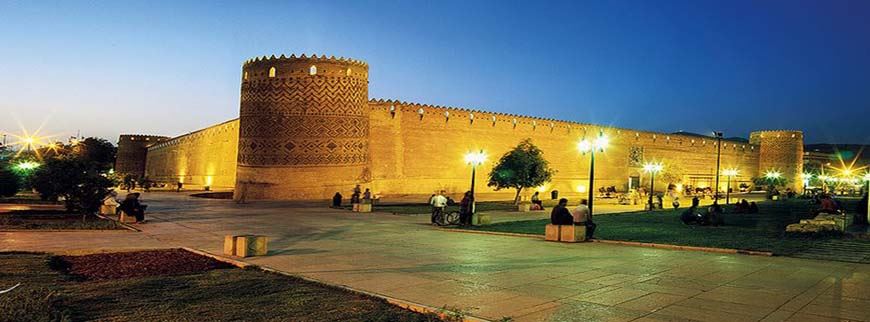
History
Arg-e-Karim Khan was built in 1180 AH (1766-7). Karim Khan invited the best architects and artists of the time and bought the best materials from other cities and abroad for the construction of the castle of Karim Khan, which was quickly constructed. During the Zand dynasty it was used by the king as living quarters. During the Qajar period it was used as the governor's seat.
Prince Abdolhosein Mirza Farmanfarma, governor of Fars Province, ordered the miniatures in the castle to be renovated.
After the fall of the Qajar Dynasty it was converted into a prison and the paintings were plastered over. In 1971 it was given to Iran's Cultural Heritage Organization. The renovation of the castle started in 1977.
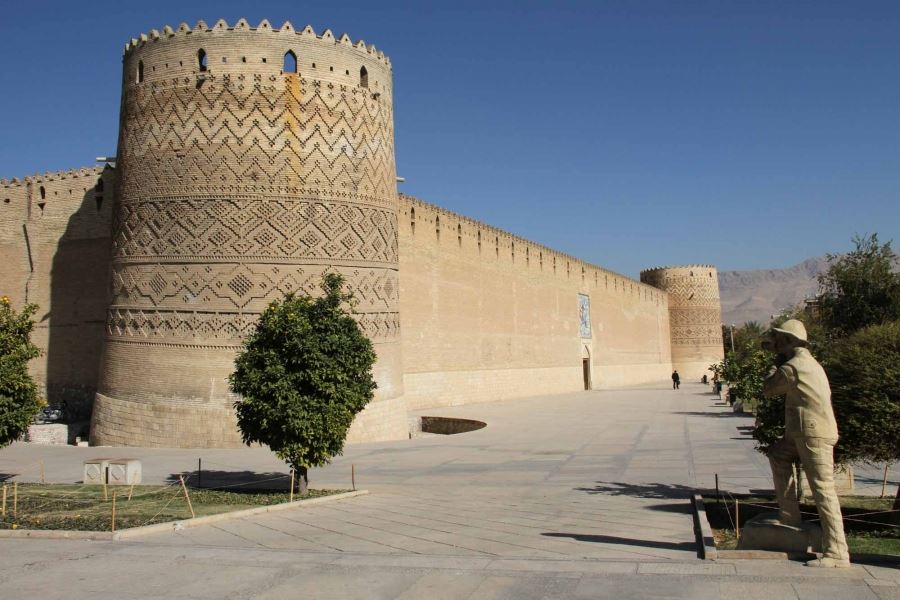
Description
Karim Khan Castle is located at Shahrdari Square. It has a land area of 4,000 m2 and is in the center of a 12,800 m2 compound. The Citadel of Karim Khan consists of four high walls connected by four 14 m round brick towers at a 90-degree angle. Each 12 m wall is carnalized and is 3 meters thick at the base and 2.8 meters at the top. The design of the citadel combines military and residential architecture, for it was the home of Karim Khan and the military center of the dynasty.
James Edward Alexander in 1827 described the citadel as being surrounded by a "deep wet ditch".
Tile works depicting legendary tales were added at the entrance gate of the citadel during the Qajar Era.

